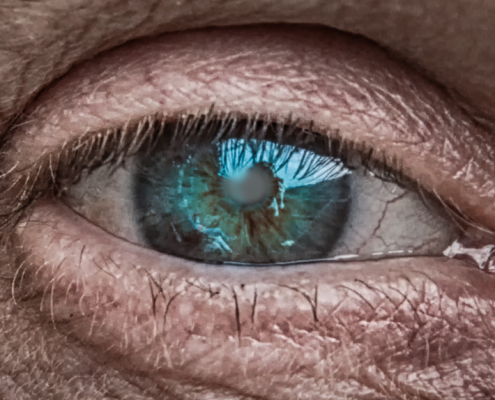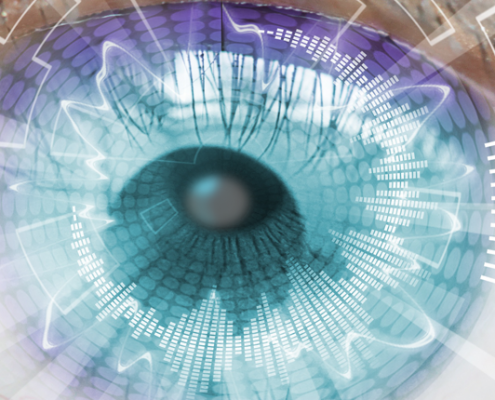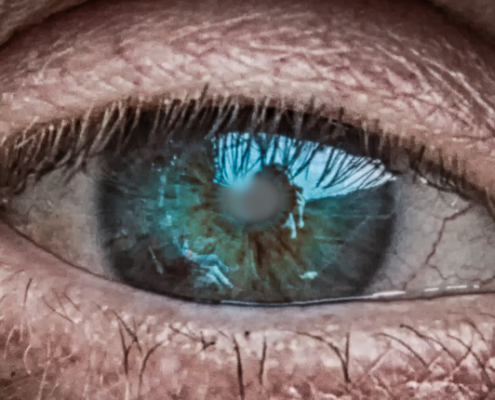Cataract Surgery
What to Expect Before, During, and Afterwards
By the time you reach the age of 80, there’s a 50% chance you’ll have had or will need cataract surgery. The risk starts to climb around the time you turn 50. It’s a common age-related problem, where the lens of your eyes start to cloud, leading to blindness if not treated.
Cataracts are an eye issue that corrective lenses can’t help. Regaining your vision requires treatment with VIP Laser Eye Center, the cataract specialists. Cataract surgery is routine, and our team at VIP Laser Eye Center can help you decide when it’s the right time for you. Here’s what you can expect before, during, and after your procedure.
Before treatment
Before cataract surgery becomes necessary, your vision typically becomes cloudy, and colors appear less vibrant. Without treatment, cataracts continue to increase in size, leading to vision loss and eventually blindness.
Losing your vision is a frustrating or even frightening experience. However, with today’s advanced laser technology and the expertise of our skilled ophthalmologists at VIP Laser Eye Center, removing the cataract-affected lens and replacing it with a clear prosthetic lens is a simple and effective in-office procedure.
You’re a candidate for cataract surgery if you have any of the following vision problems:
- Clouded or blurred vision
- Sensitivity to light
- Difficulty reading or watching TV
- Dim, dingy appearance of colors
In preparation, you’ll receive an eye examination to evaluate the size and location of your cataracts. Measurements of your eye determine the best type of intraocular lens (IOL). During cataract surgery, the new IOL replaces your natural lens so you can see clearly, often without the need for glasses.
During surgery
Prior to the procedure, a local anesthetic numbs your eye so your surgery is painless. You’ll be awake but you won’t be able to see what’s happening in your eye. You can take comfort in the knowledge that cataract procedures are the most common surgery done in the United States.
Part of the safety of the procedure comes from the precision of contemporary lasers designed expressly for eye surgery. The incision necessary to remove the cloudy lens is microscopic since the lens is emulsified with ultrasound for easy extraction.
Once the old lens is out, the IOL is fitted. This part of the procedure takes about 15 minutes, but you’ll be in the office longer to prepare your eye for surgery and afterward for a brief recovery period.
The recovery period
Once your new IOL is in place, it becomes a permanent part of your eye and provides improved vision for the long term. You won’t be able to drive right away, so be sure to arrange for a friend or family member to take you home.
It’s normal for your vision to be blurry as your eye adjusts to the IOL and heals from surgery. Colors may appear brighter immediately following surgery since cataracts typically make colors look dim and dingy. You’ll return for an eye exam a day or two after cataract surgery to monitor your progress.
After surgery, your eye may feel itchy or irritated, and that’s completely normal. You may need to wear a protective shield over your eye for a few days while you sleep. Use eye drops as prescribed and be careful not to rub your eye. Avoid any strenuous activities for about a week.
It takes about a month to fully recover from cataract surgery, but you’ll notice a difference in your vision very soon after surgery, usually within a few days.
Cataract surgery can make a big difference in your ability to see the world clearly again. Find out more about the procedure and what it can offer you by contacting VIP Laser Eye Center at any of their three Florida locations. Call your preferred office directly and clear vision may be closer than you think!




